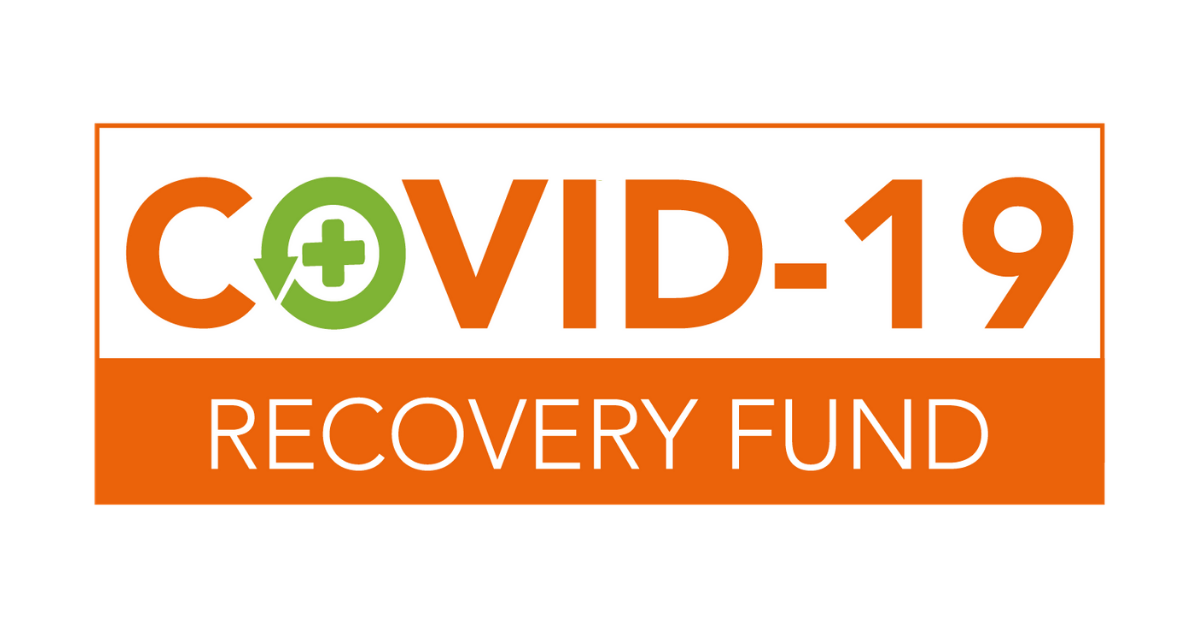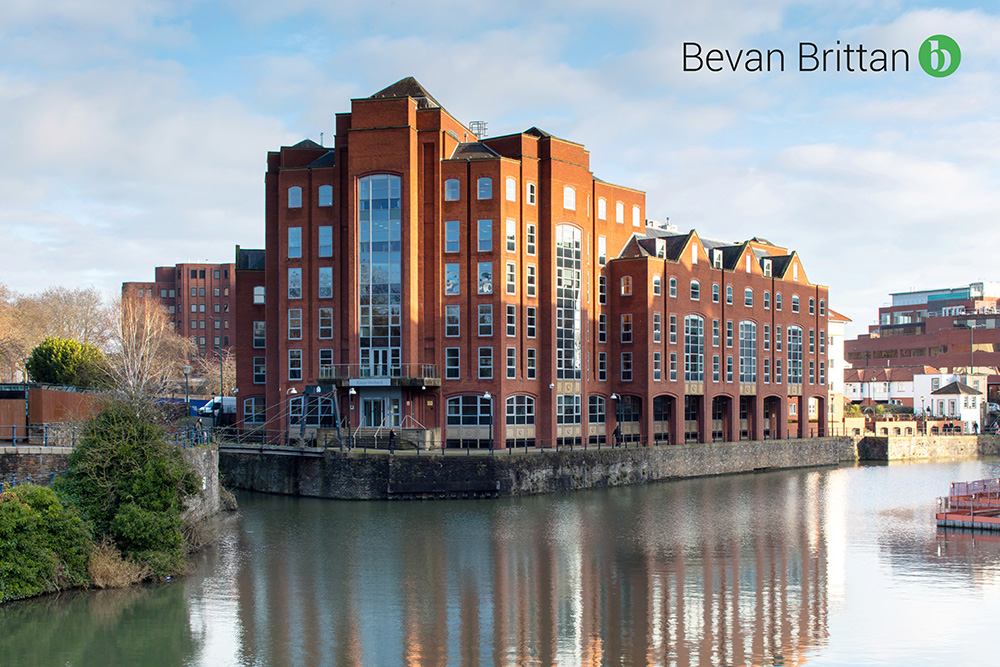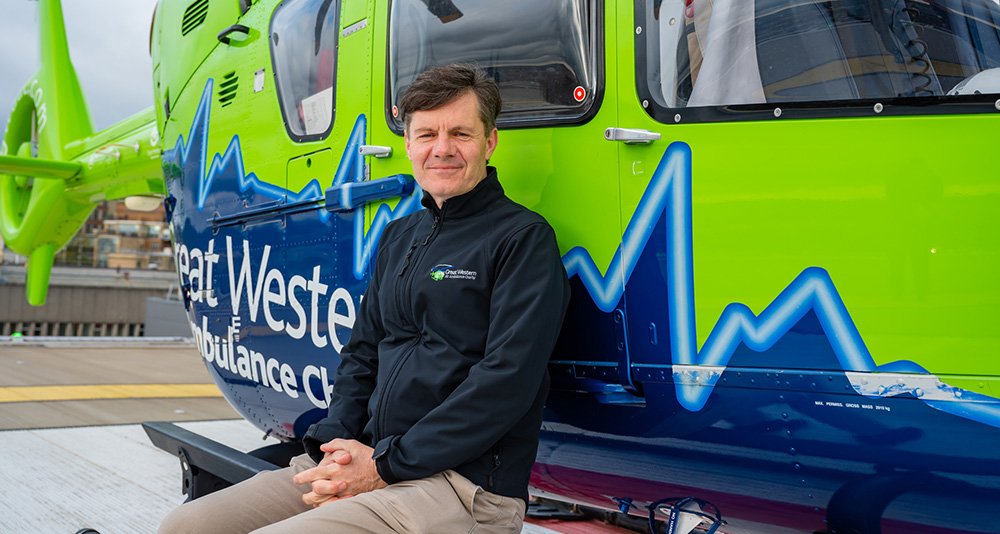
Support our COVID-19 Recovery Fund
May 20, 2021
Bevan Brittan’s Bristol Office to support GWAAC
May 27, 2021The crew have just left for another job as we sit down to catch up with Nick Tindal, Head of Operations here at GWAAC and one of our newest recruits.
Scanning his head around an empty office, he laughs as he explains that suddenly being left alone in a room is part of his daily routine now.
“You’ll be having a conversation with the crew one minute, then the radio’s gone off and they drop what they’re doing. Suddenly you’re left in silence wondering where they’ve just gone.”
But, according to Nick, the atmosphere is lifted when the crew return. “Sometimes it can be quite a silent, professional atmosphere. But when there are two crews there, then that professionalism comes alive and you can hear them talking about how they would have handled a case, and discussing how they could do it differently”.
At his previous post in the Royal Navy, Nick was managing the largest military helicopter base in Europe and overseeing thousands of people as Commanding Officer at RNAS Yeovilton.
We welcomed him onboard the charity in February with high hopes that his experience managing military operations, commanding ships, and running complex airbases with the Royal Navy will help us develop and futureproof our service.
Today, we’ve asked him to bring us an update via zoom to tell us about his first few months at GWAAC.
What was it like when you first saw the crew respond to a call-out?
“I thought it was maybe once or twice a day that they would be called, and that they would be long events but it’s not. It can be seven or eight on one day, eleven on another, or maybe just one or two on some days. Sometimes it’s been really quiet then I’ll come back in the next day and everyone’s exhausted because they’ve been at a job that went on until three in the morning.”
After such a successful career in the Royal Navy, why did you want to come to GWAAC?
“I had been looking at charities and did a course about charities but I wasn’t necessarily thinking about air ambulances.
There was just something about it that had all these elements of a charity, like doing the fundraising and going out into the community. All the elements of fundraising together with an output that I could really buy into like supporting the community with an amazing service. I thought, “Wow I’ll give it a go” and now, here I am!”
What was it like transitioning from a huge operation at RNAS Yeovilton to a small local charity?
“The biggest thing has been the medical side, that’s all totally new. The aviation side, that’s my background but the clinical side has been fascinating.
The doctors here are amazing, and the paramedics really like it and want to be here. Over 100 paramedics applied for our last two jobs. Our latest recruits, Fleur and Dan, are the top end of professionals across the entire country so you can’t be unimpressed. It’s a small charity but everyone is playing a very critical part.
I’m looking forward to being a bit more hands-on at GWAAC. I was managing 4,000 people at RNAS Yeovilton so that wasn’t so possible.”
So, are there any similarities between your last position and this one?
“The one thing that is familiar about the air ambulance is that a lot of the pilots and engineers are also ex-military, so some of the language is the same, but what the helicopters are actually there to do is so different.
I always imagined they [the crew] just took the patient to the hospital in the helicopter but that’s not always the case. They often transfer the patient by road in an ambulance. It’s more important to get them to the scene to do the lifesaving work in the field and to have their focus on that, so they save lives that might not survive the trip to hospital.”
What challenges have you encountered in your role so far that will influence the way you lead our service?
“The fact we’re a charity – the service doesn’t have a bottomless pit of money. The crew take the clinical side of it very professionally, but it’s good for them to be reminded where the funding comes from and some of the struggles we face with that.”
In your new position you have been overseeing the development of our service, what do you hope to achieve during your time at GWAAC?
“I think looking at reaching more patients who would benefit from critical care is important. I want to achieve this by maximising the use of our resources whether during the day or night. For example, I want to explore delivering 24/7 critical care, which is not yet provided by any air ambulance charities in the South West.



